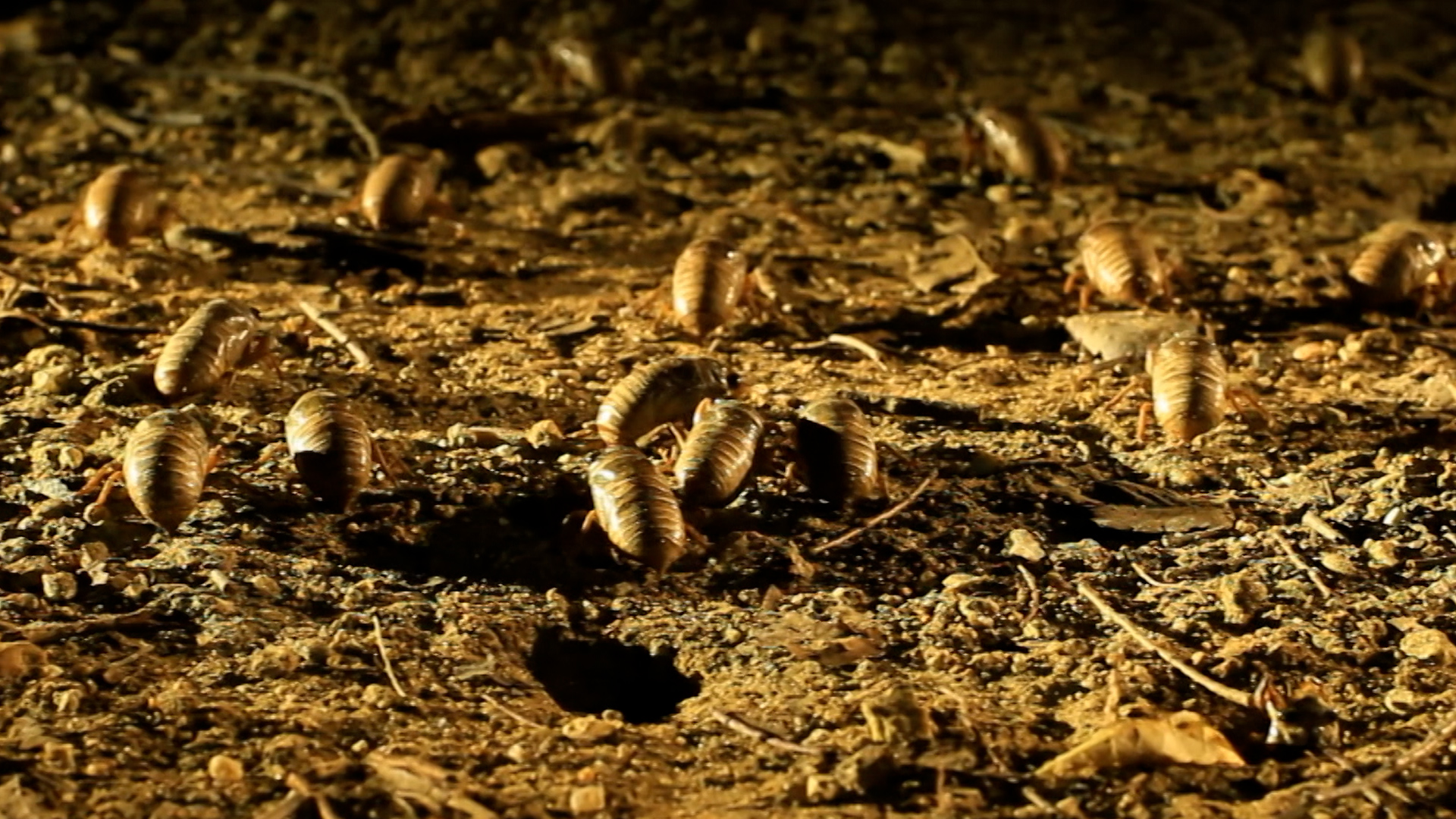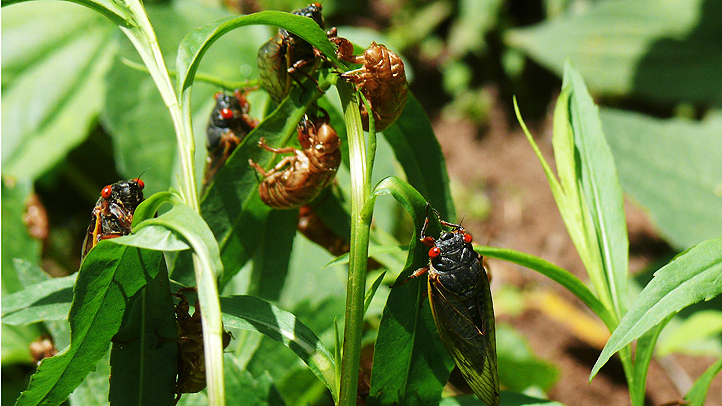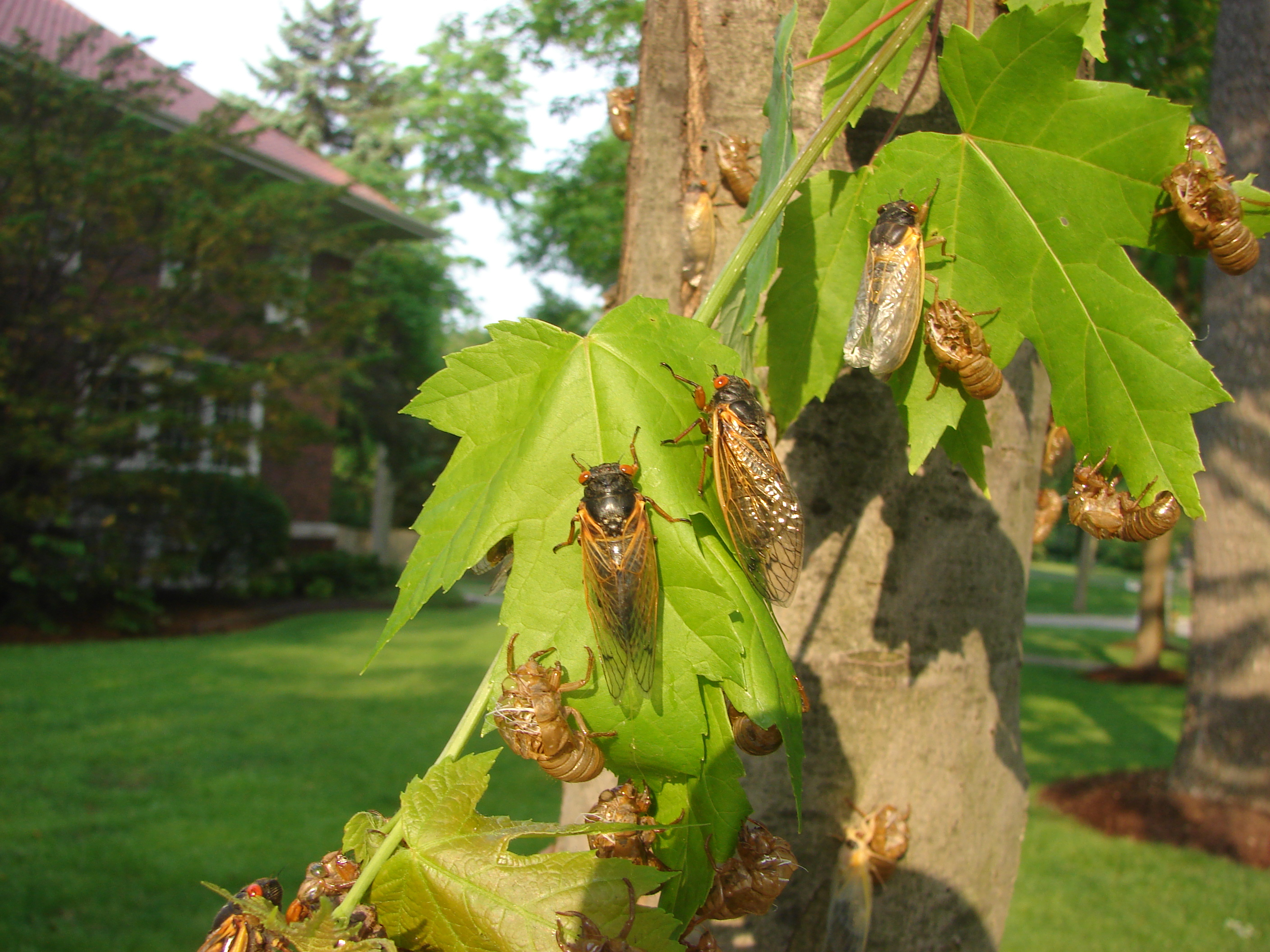First came a once-in-a-lifetime solar eclipse, then comes a once-in-several-lifetimes cicada emergence.
A rare periodical cicada season that hasn't been seen in more than 220 years will finally arrive, just weeks after one of the best solar eclipses to grace Illinois skies for decades became visible.
Experts have said two periodical cicada broods, 13-year cicadas and 17-year cicadas -- also known as Brood XIX and Brood XIII -- which haven't emerged simultaneously in centuries, will rise from the ground in parts of the U.S. as early as late April.
Chicago officials issued an advisory last week, saying the first emergence is expected sometime around late April through early June, but the city might not see as much of an impact.
Feeling out of the loop? We'll catch you up on the Chicago news you need to know. Sign up for the weekly Chicago Catch-Up newsletter here.
Lake County Forest Preserves said cicadas aren't expected to emerge in that part of the region until late May and early June, "once the temperature of the upper 8 inches of soil reaches 64 degrees."
The periodical cicadas typically emerge as the ground begins to warm in the spring and early summer, earlier than the well-known "dog day" cicadas, which are often seen annually in early July.
For the Chicago area, Brood XIII will be most seen in parts of northern Illinois and Indiana, and possibly even in Wisconsin and Ohio, in late May 2024, Dr. Gene Kritsky, dean of Behavioral and Natural Sciences at Mount St. Joseph University in Cincinnati said in a 2023 press release.
According to an article from the University of Illinois Urbana-Champaign Extension, the Northern Illinois Brood's emergence typically occurs in May and June, and lasts approximately four weeks.
"Adult cicadas will be active until mid- to late-June, but you will see evidence long after they are gone, including their wings, molts, and decomposing bodies," cicada expert Catherine Dana, an affiliate with the Illinois Natural History Survey, told NBC Chicago.
Meanwhile, Brood XIX, or the Great Southern Brood cicadas, have a more widespread population, covering parts of Missouri, Illinois, Louisiana, North Carolina, Virginia and Maryland.
Across most of Illinois and the Chicago area at least one of the two broods is likely to emerge, but in a narrow part of the state, both could emerge at the same time, in the same place.
"This is like the year for Illinois," Dana said. "We are going to have cicadas emerging all over the state."
Here's a map of what to expect in Illinois, according to data from the USDA Forest Service.
The Northern Illinois Brood itself is huge, with a reputation for the "largest emergence of cicadas anywhere," according to the University of Illinois.
Experts anticipate "enormous numbers" once again, with anywhere from 50,000 cicadas per acre to 1.5 million cicadas per acre could emerge for the spring of 2024.




